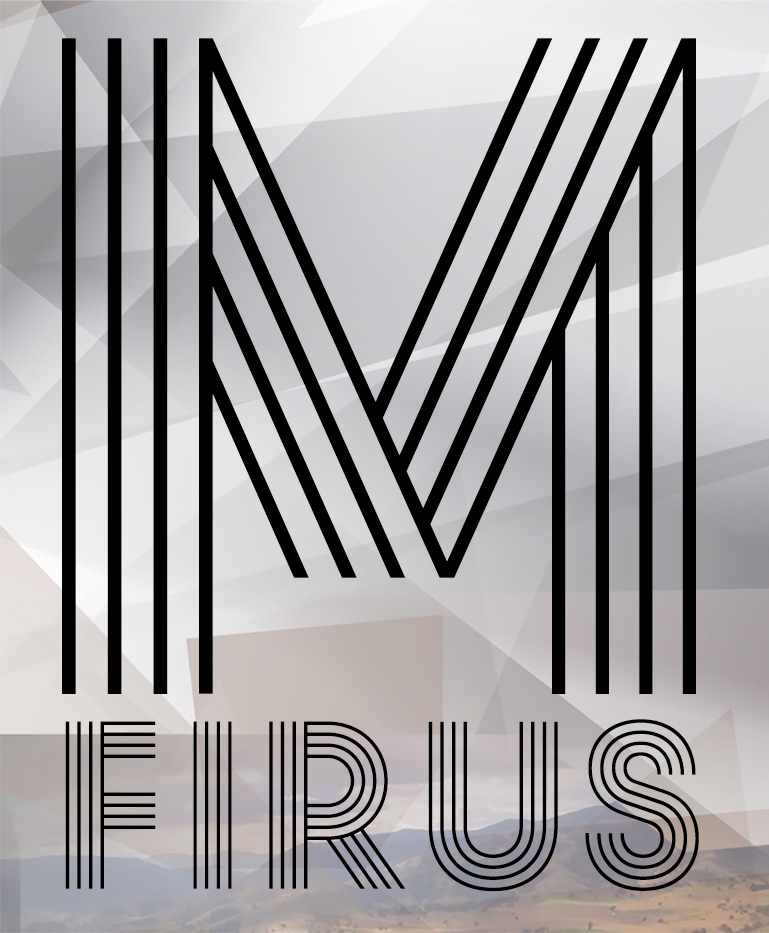Development in understanding
My appreciation for film lighting has developed steadily over the course of this semester. At its commencement, my understanding of film lighting constituted little more than its practical need in only some circumstances using artificial light. Over the course of the subsequent weeks, this understanding has evolved outward and indeed constructively bolstered my media making practice.
If the first couple of classes dealt with the realization that lighting a scene can be synonymous with exposing the sensor, the latter half of the elapsed weeks constituted a more practical approach to film lighting. Part of this has been the examination of lighting in a number of films, both of the mainstream Hollywood breed and also arthouse and European cinema. As the course progressed and my rudimentary understanding of light expanded, the examinations of these films brought to my attention the sheer number of ways lighting could be used for creative and practical effect. Indeed, so varied were these approaches and their effects so specific, that it began to become apparent that the films had distinguishable lighting ‘styles’. That is to say, it became obvious that not only did they grapple with the aspect of lighting for practical purposes, but also stylistic stamps of directors, filmic movements and country of origin all shone through. For example, the lighting of the golden-age Hollywood films had great consideration for the need to logically construct a story through continuity. Furthermore, the tonality of each scene and the way this was achieved through lighting had great regard for the characteristics of black and white film stock. It is in this way that my appreciation and understanding of the principals of light had moved beyond its simple aesthetic effects. I now think of film lighting as more a case of achieving effect both in terms of narrative and also more importantly how it sets up the tonality of each shot that in turn builds to create the overarching feel of the sequence. This “feel” then combines with others to create the overall intended effect for that particular film.
